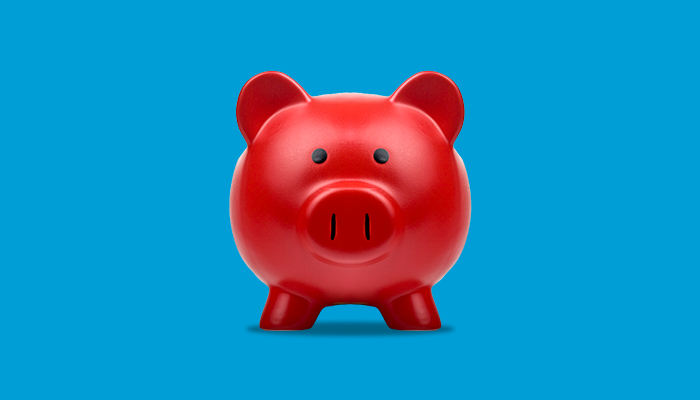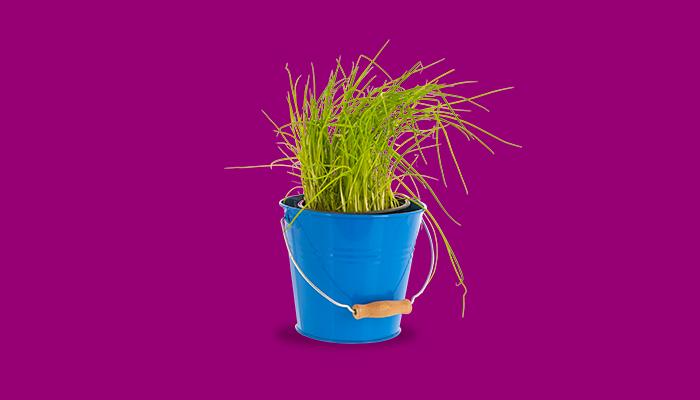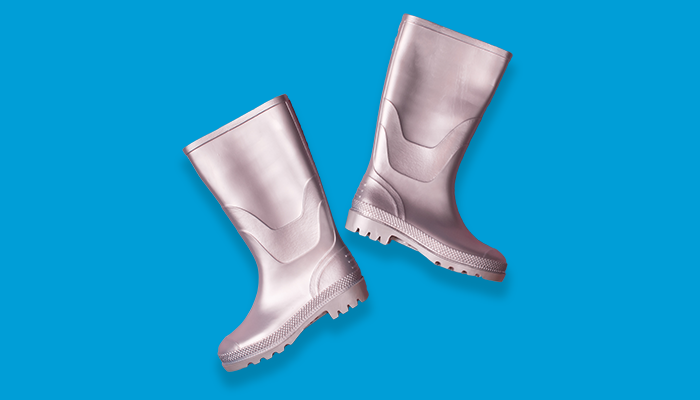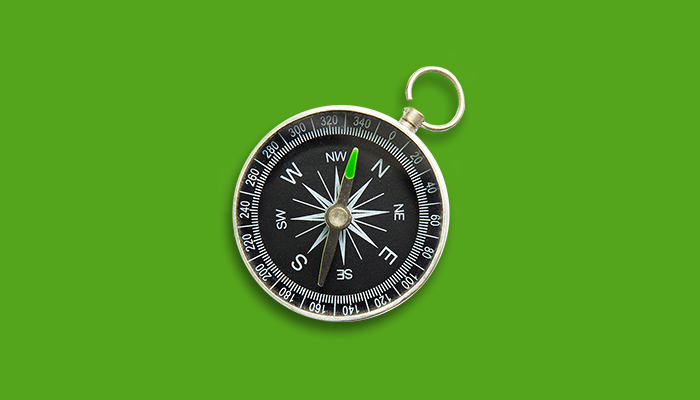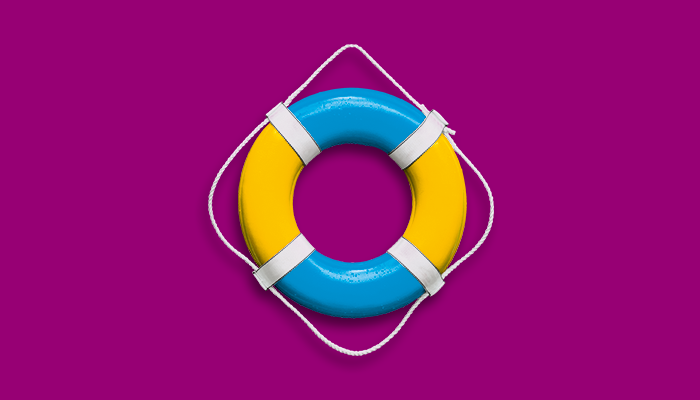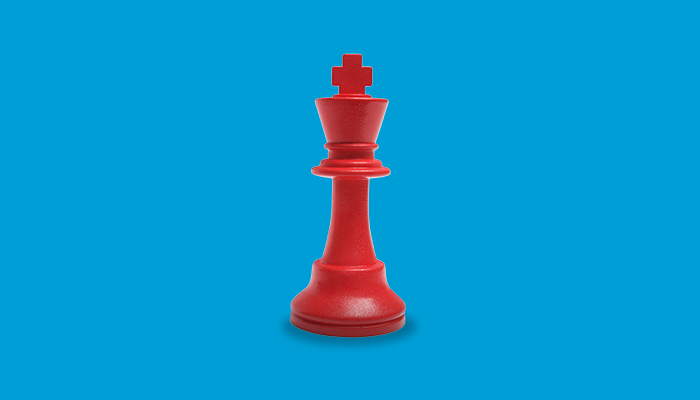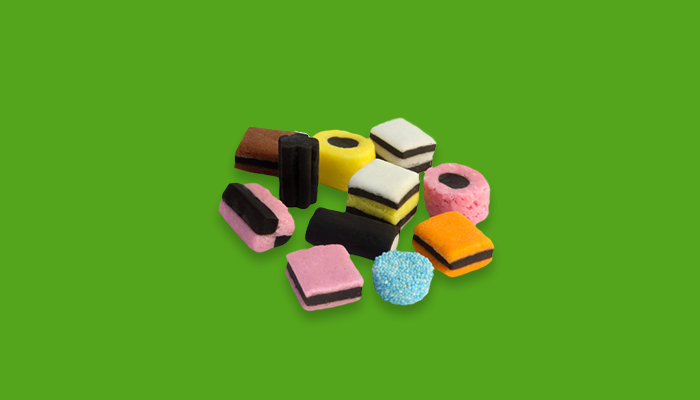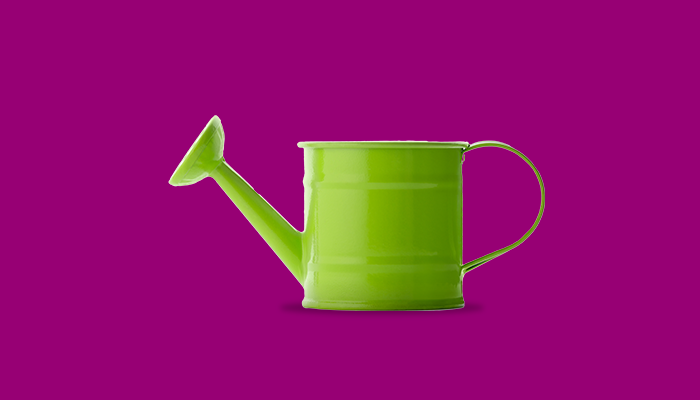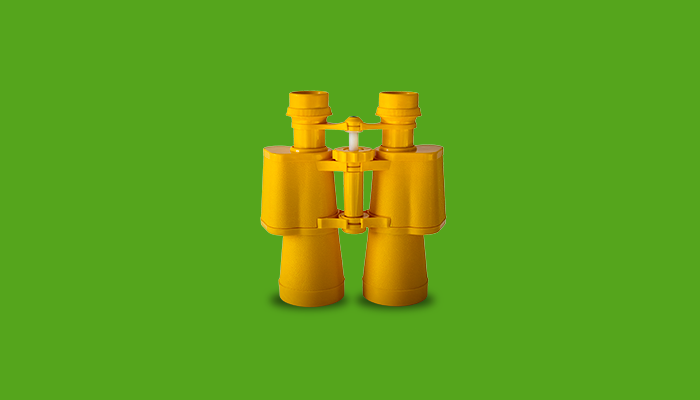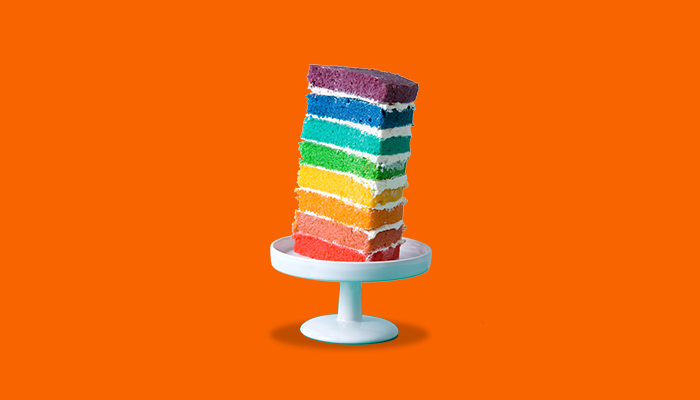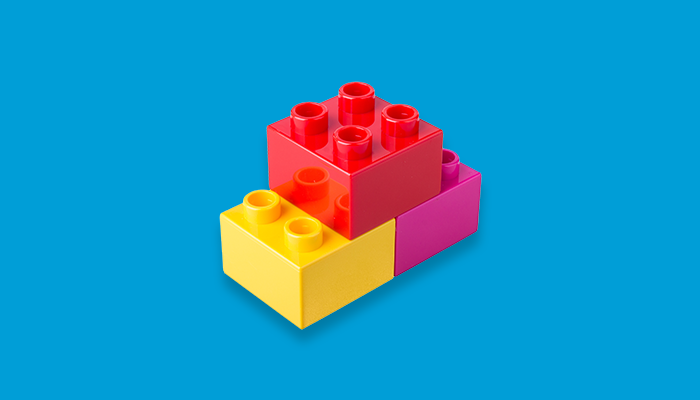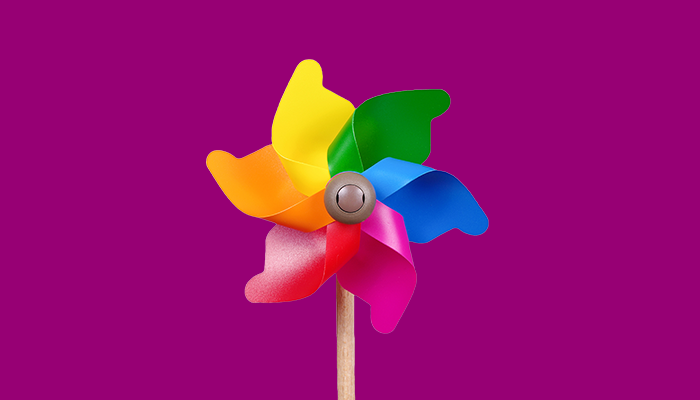How blending assets keeps your money safe

Making sure you’re invested in different assets, can reduce the impact a potential stock market fall could have on your portfolio’s performance.
What you will learn
- How you can protect your portfolio from market shocks
- Why clear goals help you create the right investment mix
- Why deciding how long you’re investing for is important
“Don’t put all your eggs in one basket” is the best piece of investment advice anyone can give you. Why?.
Because if your portfolio has only one type of asset – like shares – it will be more exposed if the market takes a downturn. And, in extreme circumstances, like an economic downturn, its value could plummet.
On the other hand, if you put everything into low-risk investments such as cash, you’re left with not much room to grow. That means you might not hit your money goals as soon as you expected.
If inflation is higher than interest rates, cash savings can slowly lose value over time.
That’s why you should blend different types of assets together. (Check out our field guide for more information on asset types). This will create a well-balanced portfolio, based on assets that have been chosen to match the level of risk you’re comfortable with. The exact details will be shaped by your financial goals, your wealth and for how long you’re investing.
How different assets perform
There are three main types of assets – equities (or shares), bonds and cash. Mixing these together – known as diversification – is important because each comes with its own level of risk.
Their performance is also tied to different market cycles. Some assets perform better than others when the stock market is rising, for instance; others perform better when it is falling.
Here is a quick overview of the main asset types and their ‘risk versus performance’ profiles:
- Shares: these are generally seen as the highest-risk asset class. They also tend to perform better than other asset classes when the stock market is rising.
- Bonds: these are a type of interest-paying loan. They are issued by governments or large organisations, and have traditionally fallen between shares and cash in terms of risk. Since the early 2000s, the trend has been that when equities fall in value, bonds tend to go up. However, you can’t assume that this will always be the case, as bonds’ performance also depends on wider economic trends, such as interest rates.
- Cash: is regarded as the lowest-risk asset class because there is little chance of it suddenly dropping in value. However, if interest rates on cash accounts are lower than the rate of inflation, your savings will lose value over time. This means that, while a portfolio that consists of cash only is low risk, it may offer minimal, or zero, growth.
That’s why blending assets is regarded as one of the best ways to protect yourself from a stock market crash. A portfolio with a 100% focus on shares is far more exposed to downturns than a portfolio made up of, say, 60% equities, 30% bonds and 10% cash.
How to allocate assets
Assets allocations is used to describe how much of your portfolio you’re putting into each asset class. It depends on how much risk you want to take, and your ability to deal with losses.
This personal approach to risk can be influenced by several factors, including the following:
- Your age.
- How much money you have.
- Your financial goals.
- How long you’re investing.
- Your health.
For example, someone who is aged 30 and investing for retirement can generally afford more risk than a 25-year-old looking to buy a house in three years’ time.
This is because the 30-year-old can put away their money for a long period – possibly up to 40 years – giving their investments a chance to recover from any ups and downs in the market.
Meanwhile, for the 25 year-old who wants to buy a house, there’s a risk that the stock market could fall just as they need the money. In short, if your portfolio contains a lot of equities, it could lose value when you need it most.
In general, people investing for longer-term financial goals tend to choose equities so that their money can grow. For those with short-term goals, more bonds – or even cash – can be a safer option.
Investing in equities in retirement
The old thinking is that you should gradually reduce your portfolio’s reliance on equities as you get closer to retirement. This is because most people used their pension to buy an annuity – a type of insurance product that pays a guaranteed income for life. Retirees didn’t want their portfolio to drop in value just before they make their annuity purchase.
Today, however, many retirees opt for a pension income drawdown instead. Pension money stays invested and the income you receive depends on how your investments perform. As a result of low interest rates and longer life expectancies, most retirees now want to make sure their investments keep growing – and that means keeping some equities along with bonds and cash.
Creating an investment portfolio isn’t a one-off exercise. As your circumstances change, you need to review and adjust your portfolio so it keeps meeting your individual needs. You can find out more about this in our Managing Your Portfolio guide.
Risk notice
Any information provided should not be considered personal advice. Past performance is not a guide to future performance. You may not get back the full amount you invest. If you have any doubts about making your own investment decisions, seek financial advice.
